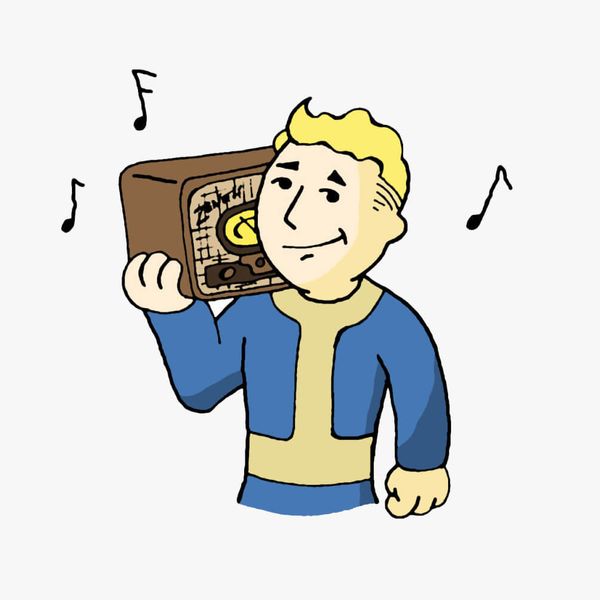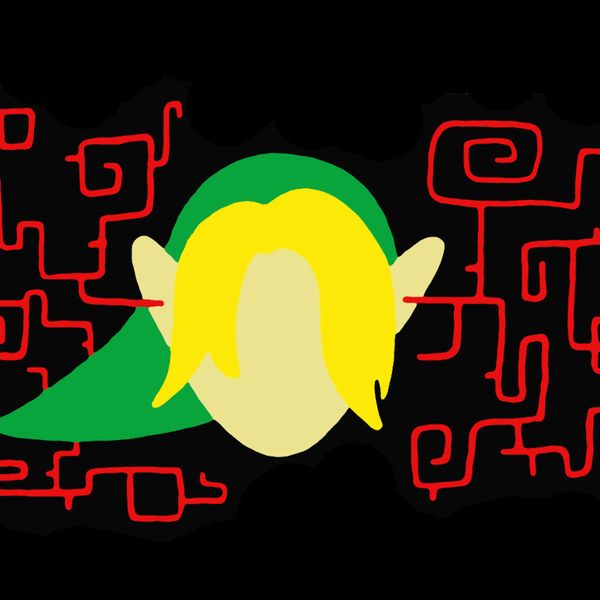
Every so often a game comes along that really jibes with people’s imaginations. Mirror’s Edge is one of those games. Released in 2008, the first-person parkour adventure served up a gorgeous blend of art style, story, gameplay, and music that led to millions of sales.
To my mind, what’s so compelling about the game is the complete lack of ego or cynicism that went into its making. It is not a perfect game, but the creative vision behind is as clear and fresh as a spring day. No aspect of the game is inflated or muscling in where it shouldn’t be. A spirit of camaraderie underpins the entire mood.
If I had to describe the appeal of Mirror’s Edge in one word, it would probably be ‘fluidity.’ The soundtrack, composed by Magnus Birgersson, aka Solar Fields, is tuned perfectly to the game’s tone. Elegant, adaptive, and constantly on the move, it is proper parkour music, shaping itself around the terrain, characters, and events that drove the story along.
Reflecting a world
It was a stroke of genius for DICE to approach Birgersson about composing the Mirror’s Edge soundtrack. Solar Fields’ blend of electronic and ambient lends itself to the game’s world. Anyone who has played it will remember its sleek design, splashed here and there with bright colours. The tone is distinct, and neatly outlined by protagonist Faith Connors in the opening scene:
‘We exist on the edge between the gloss and the reality: the mirror’s edge. We keep out of trouble, out of sight, and the cops don’t bother us. Runners see the city in a different way. We see the flow. Rooftops become pathways and conduits, possibilities and routes of escape. The flow is what keeps us running, keeps us alive.’
Gloss with an unconventional twist was what Birgersson brought to the table, and he regularly visited the DICE offices to see how the game was progressing, and how his music complimented the action. The result was icy, technical beats threaded with warmth and space. The OST reflects the game beautifully.
Mirror’s Edge is a lean game. The palette is largely white, with dashes of colour here and there. The story, which can be completed in around eight hours, mostly comprises of running around. Indeed, although there are guns in the game, you can complete it without firing a single shot.
The lifeblood of the gameplay is the energy and drive of the runners, who, as Faith Connors puts it, see the world differently. For them the shimmering city is their playground, and the excitement for the player comes from navigating it. The soundtrack needed to mirror that. (No pun intended.)
Sonically it’s all there. Solar Fields had a glassy, modern sound to start with, and he tempers it beautifully for Mirror’s Edge. Tracks are modern and pristine, with more organic elements sprinkled in. Take “Jacknife” for example, which shimmers along relentlessly, but offers the odd oriental twang to break the pace. Or “Heat”, which devolves into little gadgety glitches at its end. Or “Ropeburn”, which offers respite just by bringing some warmth to the table.
None of these tracks are memorable in ways that you might expect from albums, or even film soundtracks, but then something would be wrong if they were. The Mirror’s Edge OST rides the same edge Faith does, between the gloss and the reality, staying out of trouble and out of sight.
Parkour music
The sound is not the main strength of Birgersson’s work. That would be its adaptability. More than most games the Mirror’s Edge soundtrack had to shape itself to rapidly changing circumstances. It is, in effect, parkour music. It isn’t just true to the aesthetics of the game, but to its principal themes and characters. Anything can be a path, and the player sets the pace.
All the tracks are relatively long, allowing for different scenarios to play out, with different segments blending together when trigger points in the map are reached. In a lot of ways the tracks mirror the levels they were written for. They are playgrounds.
It is not restrictive, the goals are just different. If the Mirror’s Edge OST was something you’d listen to on its own, in many respects it would have failed. It is incomplete without the game it was made for, just as the game would have been incomplete without the music. Birgersson says as much himself:
‘Music should add another dimension to the game, not take it over. I don’t believe that game music should be listened to like an album whilst playing, here it has a different function. For me and my compositions for the Mirror’s Edge games it was all about capturing the mood and the feeling and translating these into music to enhance the experience for the player.’
That is the real charm of the OST for me. While maintaining his creative independence, Birgersson also bought into the mood of the game, shaping the music to fit its world.
Keep Faith
The Mirror’s Edge OST is a testament to collaborative game design. Different teams were not kept in their bubbles. Interaction was encouraged, and the proof is in the pudding. You get a game that has aged very well, with a soundtrack that fits with its tone and enhances its gameplay.
There’s a long, storied history of incredible video game music, but I do think Mirror’s Edge coincided witht the beginning of an era where it generally became more subtle, like a dancing shadow of the game proper. As games became more sophisticated, so too did the role of their soundtracks.
Indeed, it occurred to me while writing this that the three pieces Andre and I have written so far about video game music (Twilight Princess, Fallout 3, and this) focus on games from 2006 and 2008, when the seventh generation of consoles was getting into the swing of things. That’s admitedy a pretty small sample, but maybe soundtracks were stepping up their game around that time, or rather, stepping back.
Birgersson himself has noticed a shift in the way video game music has been treated both inside and outside the studios:
‘There is a huge interest today in video game soundtracks compared to say 15 years ago. I think it is also due to the fact that the game development studios today acknowledge and include the music as a big part of the overall experience which improves the quality for the gamer.’
Video games in general have earned more cultural prestige in recent years, in no small part due to their soundtracks. I’d consider Mirror’s Edge one of the trailblazers in that sense, in its own subtle way. It’s one of those games that stand tall in people’s memories, alive and wonderful, imperfections and all.



